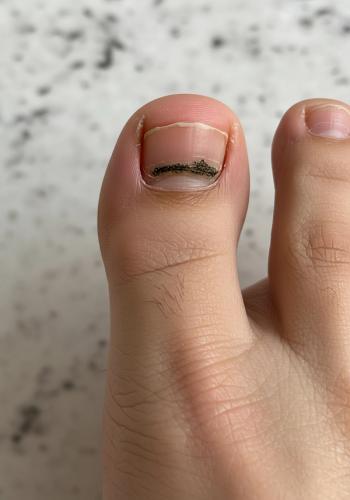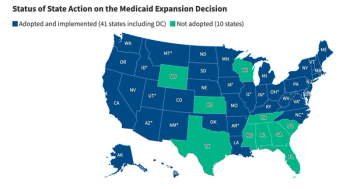
Shifting costs from one payer to another solves nothing
Watch healthcare spending shift and increase over the last 50 years.
You probably have a day's worth of material languishing on your reading list right now, but here's a short video graphic that you simply must see:
For example, the data begins in 1960, where you'll notice a significant orange-colored swath across the middle of the grid, which represents out-of-pocket spending. In physician costs alone, patients were paying 60% of the $5.6 billion in charges themselves that year.
Had the proportion remained the same over the years-as in, the patients still paid 60%-today, they'd be forking over more than $300 billion. For the record, their responsibility is in the 10% range today, but it's growing.
GOVERNMENT PAYS MORE
Also watch the CHCF graphic for the point at which Medicare comes on the scene in the 1960s, and the point when the Medicare Modernization Act begins to take effect in 2004. You can see the immediate shift in spending toward the government, which is represented by green blocks that suddenly appear on the chart and get wider with each passing year.
While it's less obvious, prescription drug costs shrink for a while and then grow in spite of impressive generic utilization in recent years. No doubt the introduction of biologics is what's causing the drug-spending block to expand.
LATERAL MOVES
Notice, though, how the dramatic changes are happening laterally in the interior of the chart, which tells us costs are simply shifting from one "payer" to another. As the whole chart seeps out toward the $3 trillion mark, stakeholders just keep moving the responsibility back and forth.
Will the proportion of spending by category-hospital, physician services, prescription drugs, etc.-change much through the end of this decade? Probably not. Even with the aging of America, delivery by category will stay rather steady. It's the cost shifting that will change.
COSTS BIGGER THAN MY KITCHEN
I have to admit to being disappointed at first that CHCF's incredibly clever tool didn't visually depict the overall spending growth by enlarging the frame of the graphic as total spending rose. But the more I thought about it, the more I realized how impossible that would be.
Imagine the square representing costs in 1960 as roughly the size of a postage stamp-23 millimeters. By 1987, the graphic would be too large to fit on your computer screen. Knowing that national health spending is expected to reach $4 trillion by 2019, you would have to make a 15-foot square to demonstrate those costs-bigger than the size of my kitchen.
It's one thing to know that costs are rising but actually seeing it demonstrates the magnitude. The link is worth sharing.
Julie Miller is editor-in-chief of MANAGED HEALTHCARE EXECUTIVE. She can be reached at
Newsletter
Get the latest industry news, event updates, and more from Managed healthcare Executive.






















































